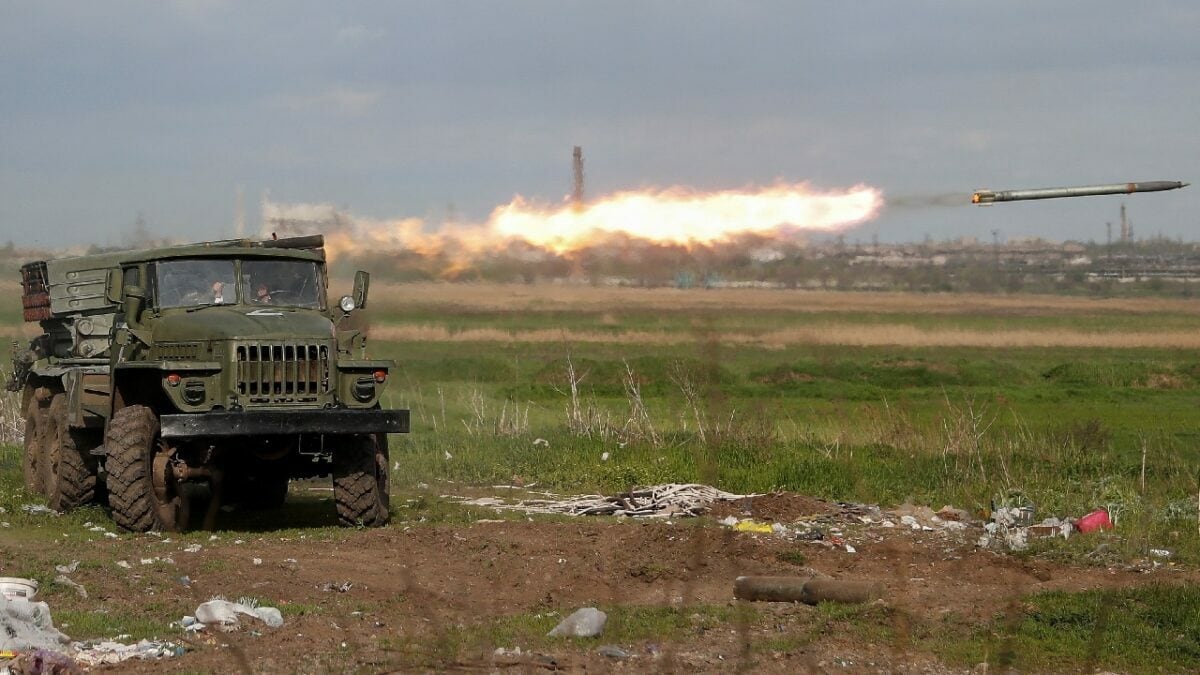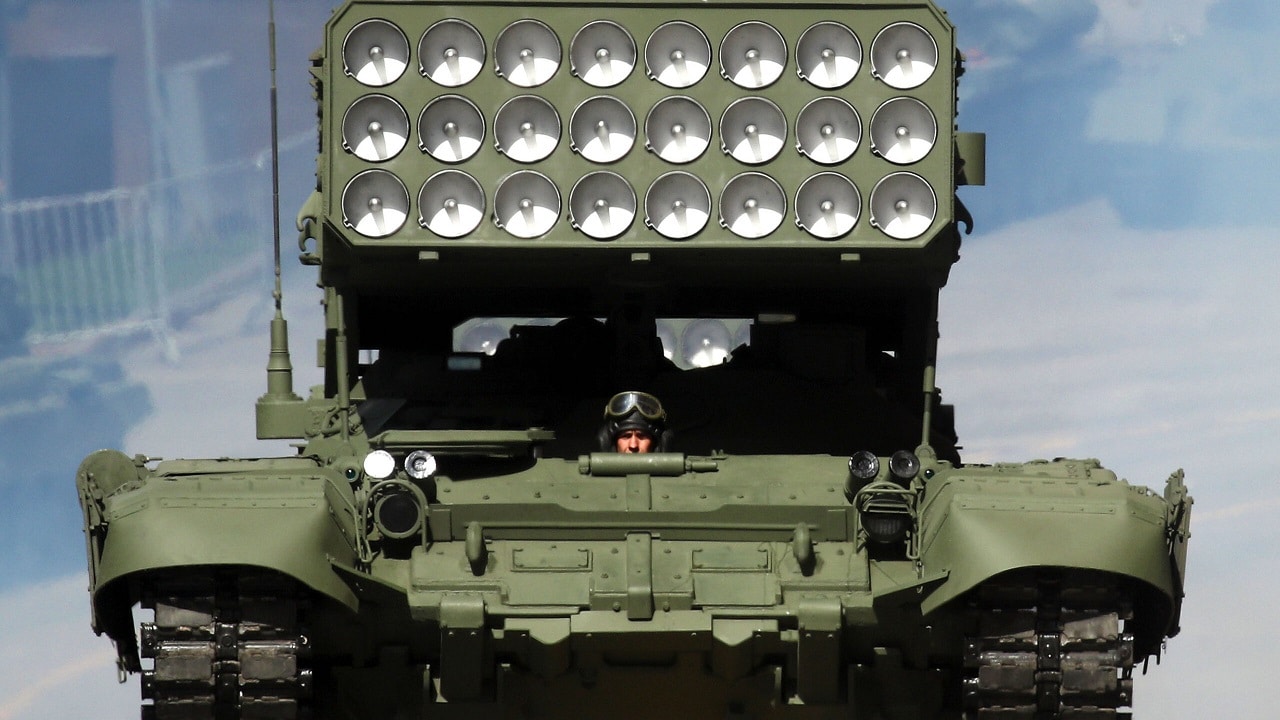Russia Lost Almost 10 Times More Personnel During Ukraine Counteroffensive – Ukraine’s Secretary of the National Security and Defense Council Oleksiy Danilov told his country’s Channel 24 news channel this week that the Russians are losing 10 times more personnel as the counteroffensive in Kharkiv – and also in the southeast – continues.
“For one of our dead soldiers there are 9-10 dead Russians who invaded our land,” Danilov told Channel 24. “This is a very interesting indicator because according to the laws of war, you spend much more on the offensive than on the defensive.”
Danilov’s comments appeared to suggest that, with Ukraine now on the offensive, more soldiers should have been lost. The fact that this appears not to be the case seems to suggest that reports of the Russian military struggling to recruit new soldiers and resupplying troops with weapons are accurate.
This isn’t the first time that Danilov has crunched the numbers and revealed how much more severe Russia’s losses have been throughout the war. In August, the Ukrainian official told Channel 24 that there was a “five to one death ratio” between Ukraine and Russia, with Ukraine killing substantially more soldiers with its Western-supplied weapons and rocket launchers.
“The five to one death ratio is absolutely trustworthy numbers that you can rely on and know are true,” Danilov told the Ukrainian news outlet.
The Ukrainian official pointed to the early days of the war, describing how the Ukrainian military “killed them [Russians] by the dozens.”
“Especially near Kyiv and in our other oblasts,” he added.
Russia Resorts to Fake News
After the Kremlin admitted defeat in Kharkiv, the first time the Russian government has admitted any defeat in the Ukraine invasion since it began on February 24, savvy social media users revealed how the Russian Ministry of Defense published a fake video of a Ukrainian barge being destroyed.
Russian and Ukrainian independent media outlets reported how the Russian government attempted to portray a bridge that was mostly destroyed during the Second World War as a “barge” containing Ukrainian forces who were traveling to the Zaporizhzhia nuclear power plant.
“Russian Defense Ministry publishes fake video of destroyed Ukrainian barge,” the Kyiv Independent reported. “Ukrainian forces were supposedly being transported on the barge to retake the Zaporizhzhia nuclear plant. The “barge” was actually the support of a bridge built and mostly destroyed during WWII.”

Service members of pro-Russian troops fire a BM-21 Grad multiple rocket launch system during fighting in Ukraine-Russia conflict near a plant of Azovstal Iron and Steel Works in the southern port city of Mariupol, Ukraine May 2, 2022. REUTERS/Alexander Ermochenko
The video was also analyzed by GeoConfirmed, a Twitter account managed by volunteers that identifies the locations of photographs and video footage shared of the Ukrainian war. In a post on Wednesday, the Twitter account revealed the exact location of the “barge,” identifying it as a partially destroyed bridge in the Dnipro River.
Losing huge numbers of troops and seeing battalions pushed back over the Russian border, the Kremlin appears to be resorting to lying to save face.
Jack Buckby is a British author, counter-extremism researcher, and journalist based in New York. Reporting on the U.K., Europe, and the U.S., he works to analyze and understand left-wing and right-wing radicalization, and reports on Western governments’ approaches to the pressing issues of today. His books and research papers explore these themes and propose pragmatic solutions to our increasingly polarized society.

